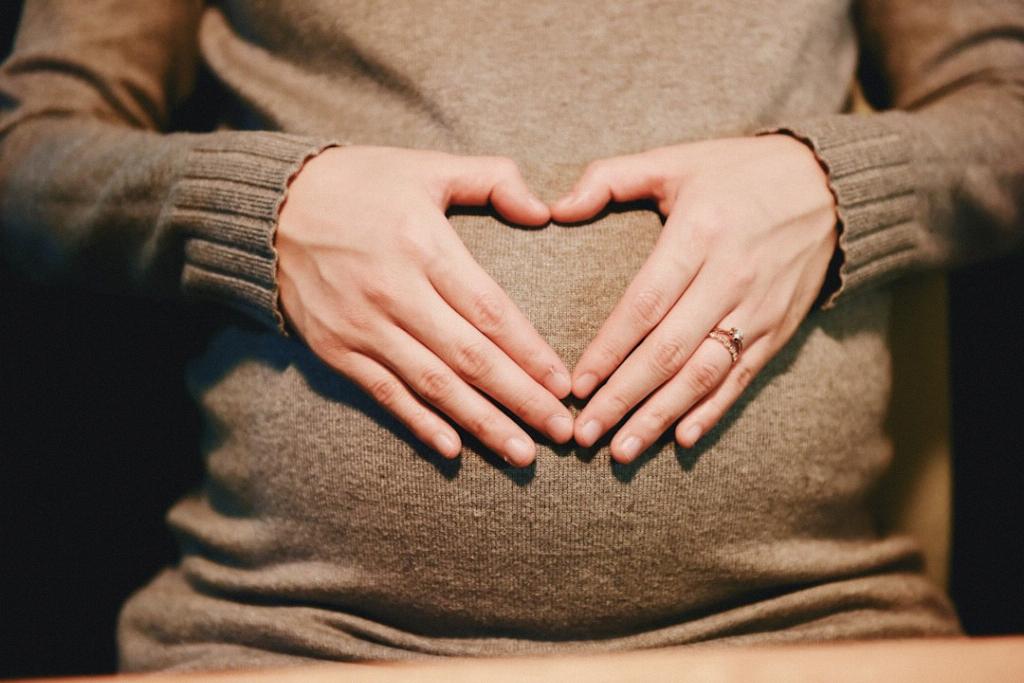One of the essential aspects of taking care of a female cat is understanding her estrus cycle. If your female cat has not been spayed, she will typically go into heat by the time she is six months old, although it can happen even earlier, sometimes as young as four months.
Frequency of Heat Cycles
A cat can go into heat as often as every 2-3 weeks, and this can happen year-round. This means that your cat could potentially be in heat multiple times within a short period, which can sometimes pose challenges for cat owners in managing their behavior and preventing unwanted pregnancies.
Risk of Early Pregnancy
It is important to note that pregnancy can occur very early in a cat’s reproductive life. In some cases, a cat can become pregnant during her first heat cycle. This underscores the importance of being proactive in managing your cat’s reproductive health to prevent potentially unwanted litters.
Signs of Pregnancy in Cats
One of the most common signs of pregnancy in cats is a swollen abdomen. As the pregnancy progresses, you may notice that your cat’s belly becomes increasingly round and firm. This is a clear physical indication that your cat may be expecting kittens.
Changes in Behavior
Along with physical changes, pregnant cats may also exhibit changes in their behavior. Some cats become more affectionate during pregnancy, while others may become more reclusive. It is essential to pay attention to any unusual behaviors your cat may display.
Consulting a Veterinarian
If you suspect that your cat may be pregnant, it is crucial to consult with a veterinarian for confirmation. A vet can perform a physical examination and may also recommend diagnostic tests such as ultrasound to determine if your cat is indeed pregnant.
Proper Prenatal Care
Once pregnancy is confirmed, your vet can provide guidance on proper prenatal care for your cat. This may include dietary recommendations, monitoring your cat’s weight gain, and ensuring that she receives the necessary vaccinations and parasite control treatments.
Preparing for Birth
As your cat’s pregnancy progresses, it is essential to prepare for the upcoming birth. Create a comfortable, quiet nesting area for your cat to give birth, and make sure that you have all the necessary supplies on hand, such as clean towels, a heating pad, and a birthing box.
Monitoring Your Cat’s Health
During the later stages of pregnancy, it is crucial to monitor your cat’s health closely. Keep an eye on her appetite, activity level, and overall well-being. If you notice any concerning symptoms, contact your vet immediately.
Signs of Labor
As your cat nears the end of her pregnancy, she will begin to exhibit signs of impending labor. These may include restlessness, nesting behavior, increased vocalization, and a decrease in body temperature. Be prepared to provide support and assistance during the birthing process if needed.
Caring for Newborn Kittens
Once the kittens are born, your role as a cat owner shifts to caring for the newborns. Ensure that the kittens are nursing regularly, keep the nesting area clean, and monitor their growth and development closely. If you have any concerns about the kittens’ health, consult with your vet.
Spaying Your Cat
After the kittens are weaned, consider spaying your cat to prevent future pregnancies. Spaying not only helps control the cat population but also offers health benefits for your cat by reducing the risk of certain reproductive cancers and infections.

